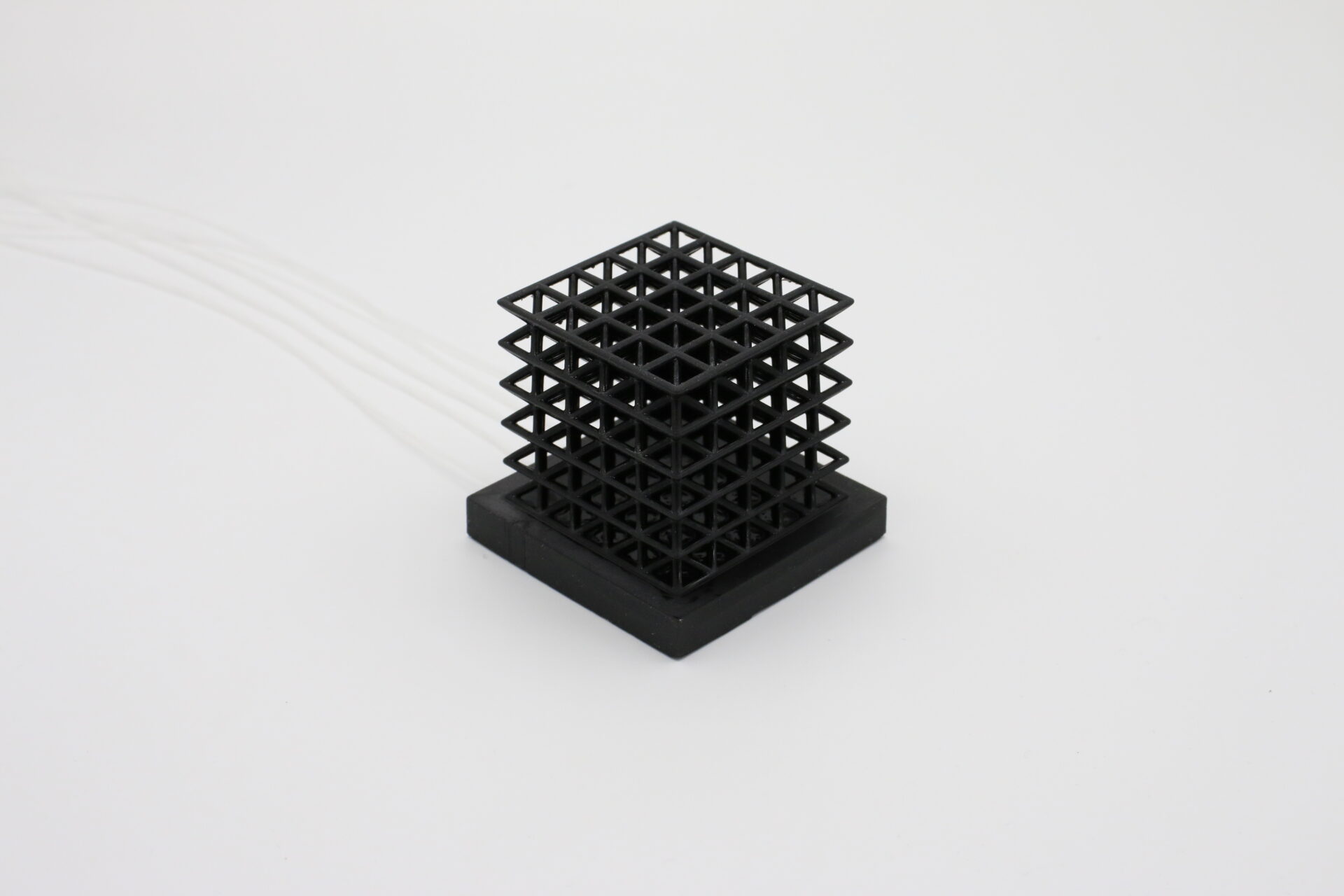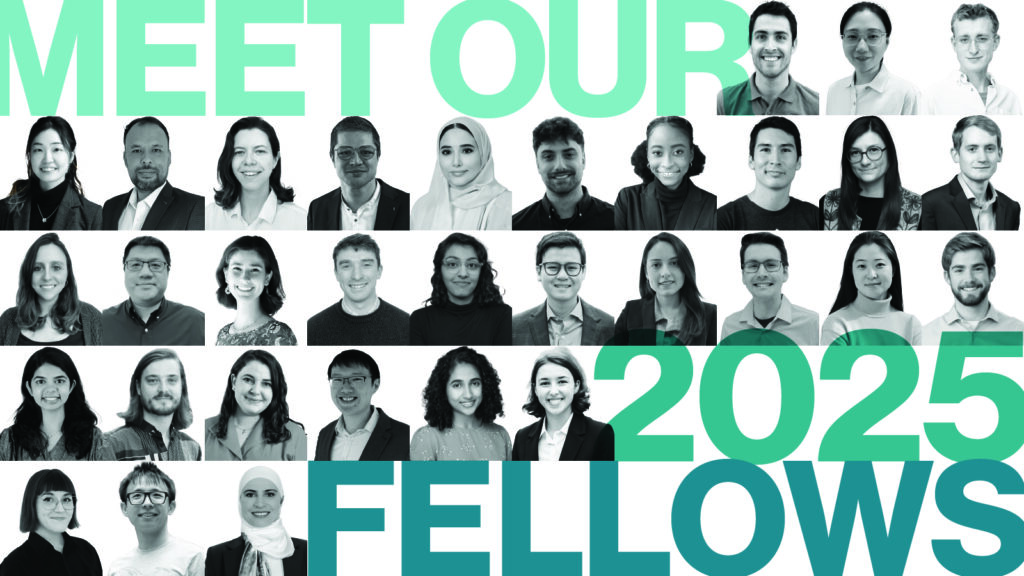New research led by Senior Fellow, Dr. Ryan Truby, and published in Science Advances demonstrates a new way to 3D print materials that perceive how they move and interact with their environments. This work has potential for a wide-ranging set of applications and technologies, including wearable sensors in smart apparel, smart structures that perceive loading conditions, and distributed sensors in robot bodies.
The research, led by Ryan during his Fellowship Research Placement at MIT CSAIL’s Distributed Robotics Lab, describes important innovations in materials science where materials are directly 3D printed with distributed sensors using a single build material. The new research represents the combination of materials engineering, manufacturing, and soft robotics.
We have created materials with programmable mechanical properties and the ability to sense how they are moving and interacting with their environment.
Ryan commented: “We have created materials with programmable mechanical properties and the ability to sense how they are moving and interacting with their environment. The materials are 3D printed with closed, air-filled cavities that we use as ‘fluidic sensors.’ Measuring the pressure changes within the fluidic sensors provides information on how the materials are being deformed.”
A growing number of technologies require materials with spatially programmed mechanical behaviors and sensing capabilities. Making these materials – especially when a complex form is required – is non-trivial, even with state-of-the-art 3D printing and microfabrication methods. Often, a trade-off between optimal sensing or mechanical capabilities must be faced. Ryan and his team fabricated several types of lattice-like “architected materials” with sensor networks throughout. Their fluidic sensing method enabled them to receive feedback on how their materials move.
The research has important implications for soft robotics. A longstanding challenge in soft robotics is autonomous control. As Ryan also showed during his Fellowship Research Placement, data-driven control approaches could help sidestep the inherent challenges of model-based ones. However, limitations in soft robot perception and performance remain the key bottlenecks. Using deep neural networks in soft robot perception requires large datasets that are difficult to obtain with traditional soft robotic actuators.
The paper ends with a demonstration of using the new sensorized materials for motorized actuation. Using conventional servo motors to move soft robots allowed Ryan and his team to generate large datasets of soft robot position and sensor feedback that are needed for continued efforts to improve soft robot control through deep learning.
Ryan continues: “While we showcase some important capabilities in materials science and soft robotics, I also hope our approach to material sensorization can help us bypass the use of many harsh chemicals, nanoparticles, or other materials commonly used in printed and soft electronics, which may be environmentally sensitive. Our fluidic sensing strategy is potentially a more sustainable way to making materials that perceive. After all, we’re making these materials all from one 3D printing resin.”
Read the full paper here.
Read the MIT News story here.
Schmidt Science Fellows is an initiative of Schmidt Futures, delivered in partnership with the Rhodes Trust, that believes in a vision of a world where interdisciplinary science flourishes without limit, accelerating discoveries to benefit the world, and driving innovation that improves quality of life for all.
We help scientists solve bigger problems faster by identifying, developing, and amplifying the next generation of science leaders, building a community of scientists and supporters of interdisciplinary science, and leveraging this network to drive sector-wide change.
Schmidt Futures bets early on exceptional people making the world better. Founded by Eric and Wendy Schmidt, Schmidt Futures is a philanthropic initiative that brings talented people together in networks to prove out their ideas and solve hard problems in science and society. To learn more about the Schmidt Futures method and the diverse types of capital and tools deployed, visit https://www.schmidtfutures.com



